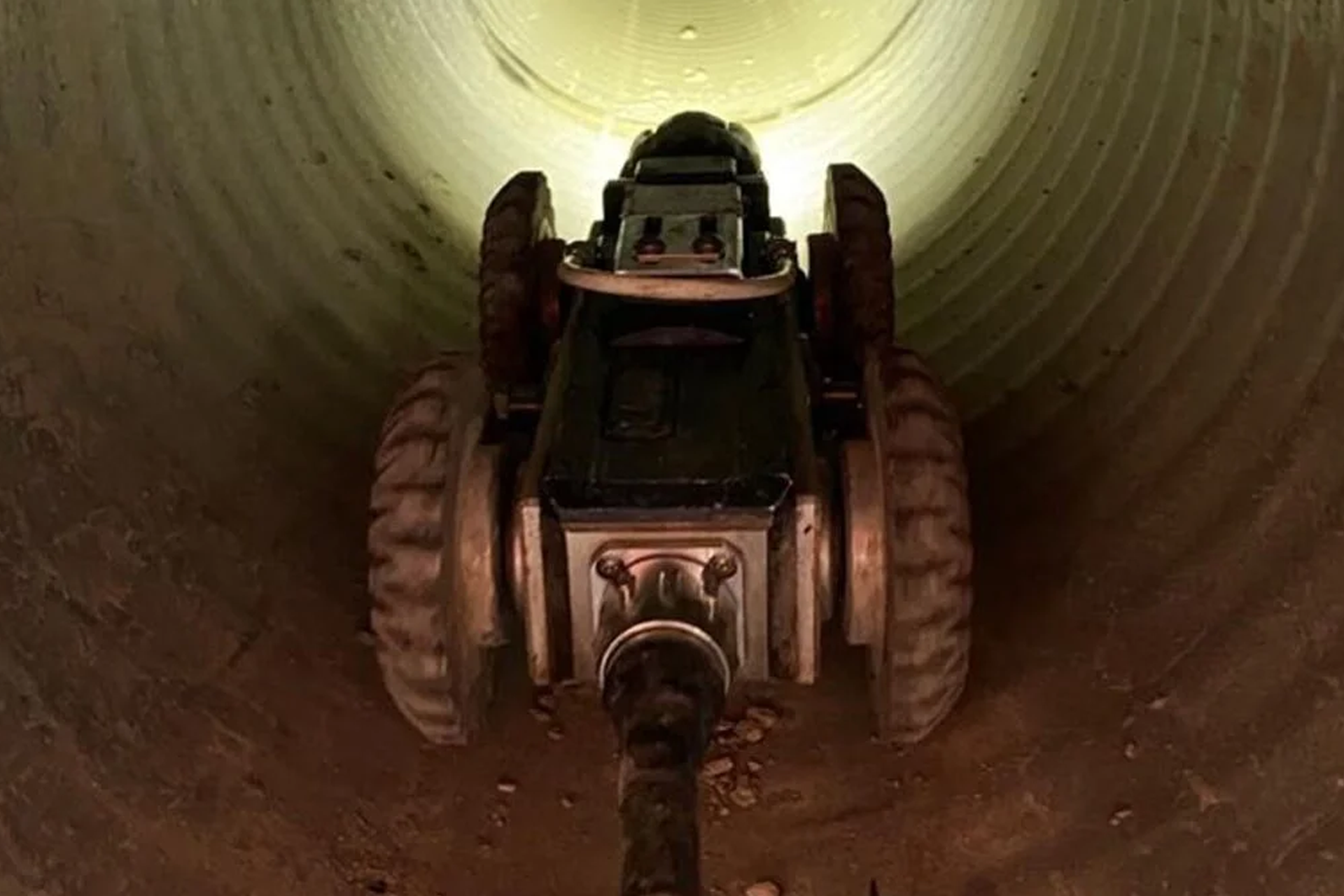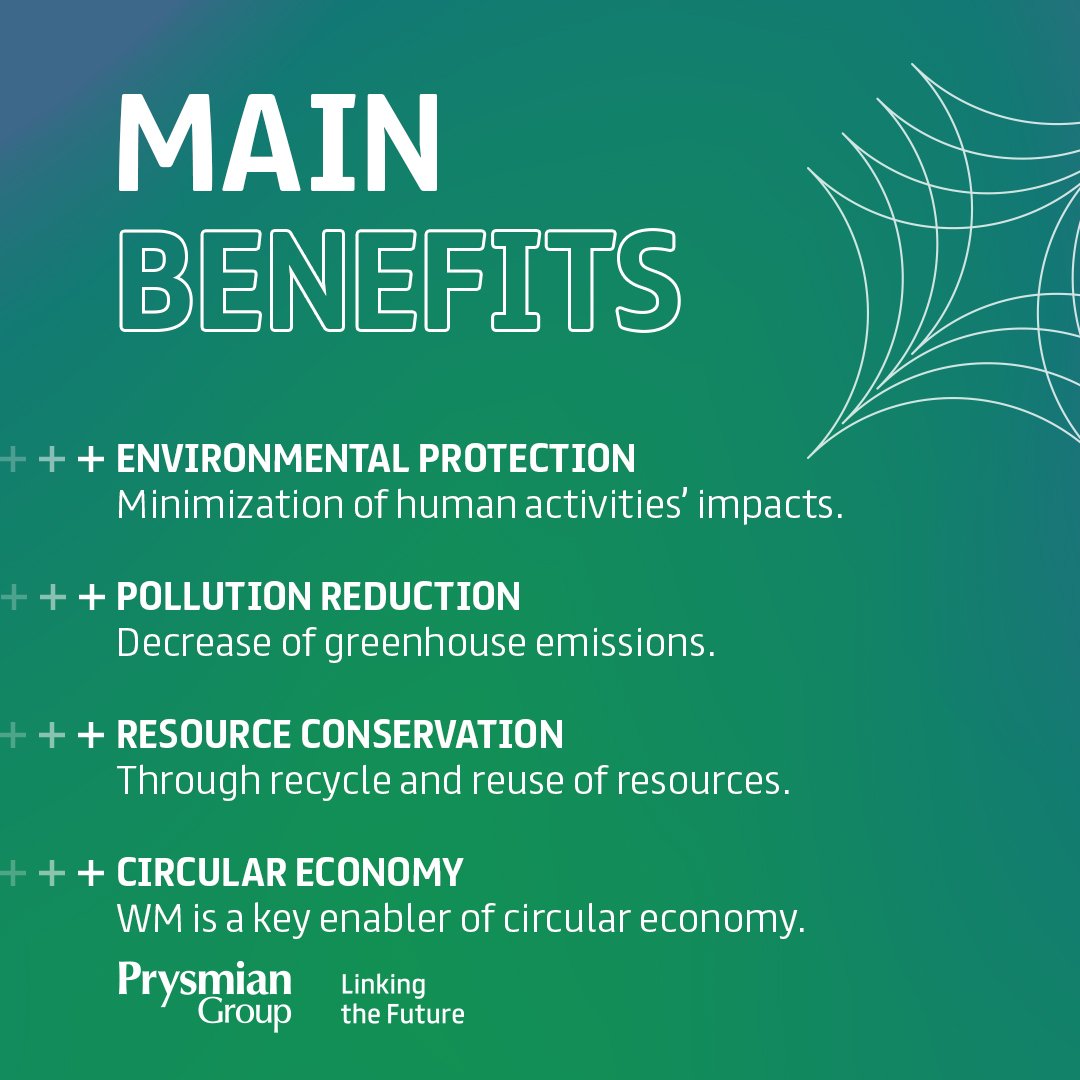How Reclaim Waste can Save You Time, Stress, and Money.
How Reclaim Waste can Save You Time, Stress, and Money.
Blog Article
The 4-Minute Rule for Reclaim Waste
Table of ContentsWhat Does Reclaim Waste Mean?Reclaim Waste - An OverviewThe Ultimate Guide To Reclaim WasteWhat Does Reclaim Waste Mean?The Ultimate Guide To Reclaim Waste
Residential sewage waste refers to the waste and products from a property septic container. The correct management and disposal of residential sewage waste call for fluid waste to be moved to a sewage therapy plant where the correct methods and tools are used to detoxify and dispose of waste.
Business waste commonly consists of prospective risks, such as flammable products or a combination of fluid and strong waste products, and requires an advanced and comprehensive disposal process. The disposal of commercial waste generally entails the purification of waste before transportation to make certain secure and proper disposal. Industrial waste is created from byproducts and runoff of commercial processes and manufacturing.
This kind of waste can not utilize the very same sewage monitoring transportation or processes as septic or industrial liquids. The industrial waste administration process needs the evaluation and screening of fluid waste prior to it undertakes the disposal process (liquid waste disposal melbourne). Runoff waste is the fluid waste that comes from overflow and excess stormwater in extremely booming locations or cities
Overflow waste can cause contamination and flooding if not handled properly. Guaranteeing correct waste administration can protect against calamities and reduce environmental harm.
Unknown Facts About Reclaim Waste
Contact PROS Solutions today to learn more about our waste administration and disposal services and the correct methods to look after the liquid waste you generate.
(https://reclaim-waste.jimdosite.com/)Do you know what happens to your water when you pull the plug, purge the toilet or drain the cleaning equipment? No? Well, it deserves knowing. This so-called 'wastewater' is not only a crucial source yet, after treatment, will certainly be launched to our land, waterways or the sea. Used water from toilets, showers, baths, cooking area sinks, washings and industrial processes is understood as wastewater.

water used to cool machinery or tidy plant and devices). Stormwater, a kind of wastewater, is drainage that streams from farming and urban areas such as roof coverings, parks, gardens, roads, paths and gutters right into stormwater drains pipes, after rainfall. Stormwater moves untreated directly to local creeks or rivers, eventually getting to the ocean.
Not known Factual Statements About Reclaim Waste
In Queensland, many wastewater is treated at sewage therapy plants. Wastewater is carried from domestic or industrial websites with a system of drains and pump stations, understood as sewerage reticulation, to a sewage treatment plant.
The Department of Natural Resources encourages regional governments regarding managing, operating and maintaining sewage systems and therapy plants. In unsewered areas, city governments may need householders to mount private or family sewer treatment systems to deal with domestic wastewater from toilets, kitchen areas, washrooms and washings. The Division of Natural Resources authorises the use of house systems when they are proven to be reliable.
The majority of stormwater obtains no therapy. In some new neighborhoods, therapy of some stormwater to remove clutter, sand and crushed rock has started utilizing gross pollutant catches. Wastewater treatment occurs in 4 stages: Removes strong matter. Bigger solids, such as plastics and other objects mistakenly discharged to sewage systems, are gotten rid of when wastewater is gone through screens.
Wastewater after that streams right into big storage tanks where solids resolve and are removed as sludge. Oil and residue are skimmed from the surface. Makes use of small living organisms called micro-organisms to damage down and get rid of staying dissolved wastes and great particles. Micro-organisms and wastes are integrated in the sludge. Gets rid of nitrogen and phosphorus nutrients that could create algal blooms in our waterways and intimidate aquatic life.
Getting The Reclaim Waste To Work
Nutrient elimination is not offered at all sewage treatment plants because it needs costly specialist equipment. Clear fluid effluent created after treatment may still include disease-causing micro-organisms - liquid waste removal melbourne.

This typically suggests wastewater has actually to be treated or impurities removed before it can be released to waterways. The majority of wastewater moves right into the sewerage system. Under the Act, city governments carry out authorizations and permits for ecologically appropriate tasks (Ages) including wastewater launches that may have a regional impact. The division carries out authorizations and licences to Periods including wastewater releases that could have a local or statewide effect.
The Basic Principles Of Reclaim Waste
Surveillance gives valid info concerning water top quality and can validate that licence conditions are being met. The information obtained via monitoring provides read this article the basis for making water quality choices.
Report this page